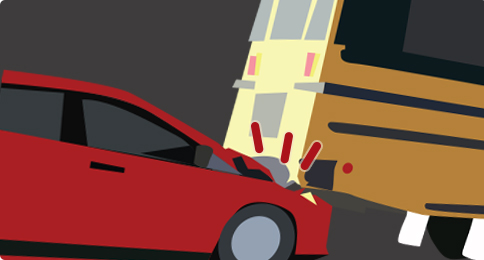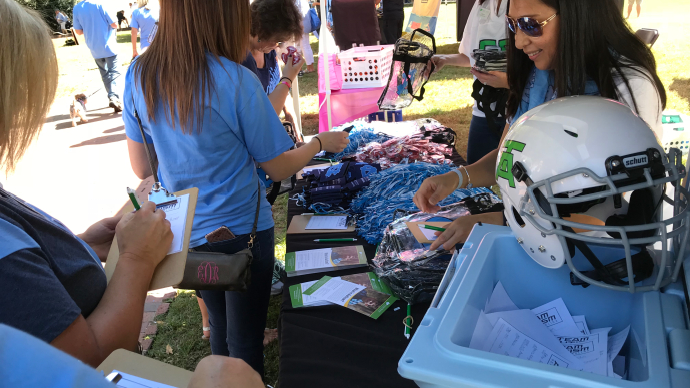Transportation Safety as School Year Continues
When the school year begins, parents usually focus on grades, sports, and school supplies. Transportation safety, however, often gets overlooked.
With hundreds of thousands of children returning to school, getting them to and from safely is a major responsibility. It takes attention from parents, bus drivers, crossing guards, and school staff to prevent school-zone and school-bus accidents.
North Carolina has strict laws for school zones and buses. With so many vehicles on the road during drop-off and pick-up, accidents can happen easily if drivers aren’t cautious.
Motorists Should Slow Down, Remain Alert in School Zones
Drivers in North Carolina must stop for stopped school buses and obey crossing guards. School zones are clearly marked with signs and pavement markings, according to the North Carolina Department of Transportation.
Speed limits in school zones are typically reduced to 20 mph during set hours. Flashing caution lights often alert drivers when to slow down.
Motorists must yield to pedestrians in crosswalks and at turns. Crossing guards usually manage intersections, but when they aren’t present, it’s the driver’s duty to yield to children crossing.
Watch for Buses

School buses are painted yellow to increase visibility. Drivers should always be cautious around buses and stop when they display flashing red lights or mechanical stop signs.
Vehicles must remain stopped until the bus finishes loading or unloading and turns off its signals. On divided highways with physical barriers, drivers in the opposite lanes don’t have to stop—but should still slow down and watch for children.
Bus drivers must stop at railroad crossings, cannot exceed 55 mph, and must hold a special state-issued license. They’re also banned from using cell phones while driving unless reporting an emergency.
School Zone Crash Statistics

Despite strict laws, accidents still happen. In 2013, the North Carolina Department of Transportation recorded 27 school zone intersection crashes, with 12 involving injuries and none resulting in fatalities.
Another 29 crashes occurred at non-intersections that year, eight involving injuries. Though fatalities were avoided, the statistics highlight ongoing risks.
Bus Driver Cited After Bus Overturns

In one recent case, a school bus traveling to Southern Wayne High School overturned on a foggy morning near Mount Olive. Only one student was on board and was unharmed. The driver was cited for unsafe speed given the conditions, according to the N.C. Highway Patrol.
That year, 787 school bus crashes were reported across North Carolina, resulting in 540 injuries and four fatalities. Three of those deaths occurred in Wake County, where 117 bus crashes were reported. Guilford County had 57 crashes, and Durham County had 33.
Despite these incidents, school buses remain among the safest vehicles on the road. Still, driver errors and motorists who ignore bus laws can cause serious accidents. In school zones, a moment’s distraction from a driver—or a child running into the street—can lead to tragedy.
Contact a NC Injury Lawyer After a School Zone Accident
If you or a loved one has been hurt in a school-zone or school-bus crash, contact an experienced North Carolina injury lawyer. You need an attorney familiar with school transportation laws who can guide your case and fight for the compensation you deserve.
As the school year continues, drive with care and teach your children to stay alert around vehicles. A few extra moments of caution can prevent a lifetime of regret.




Leave a comment